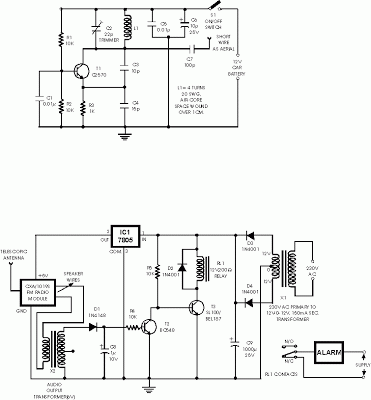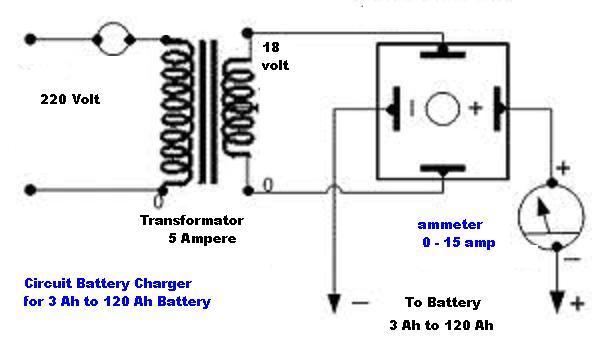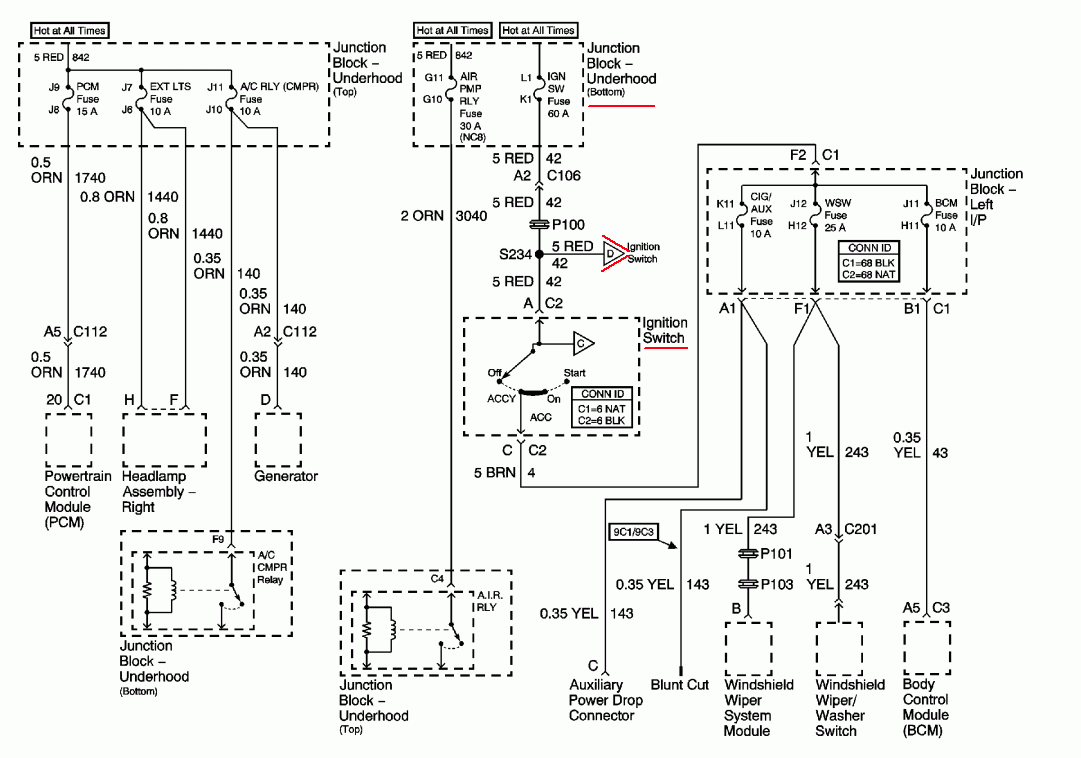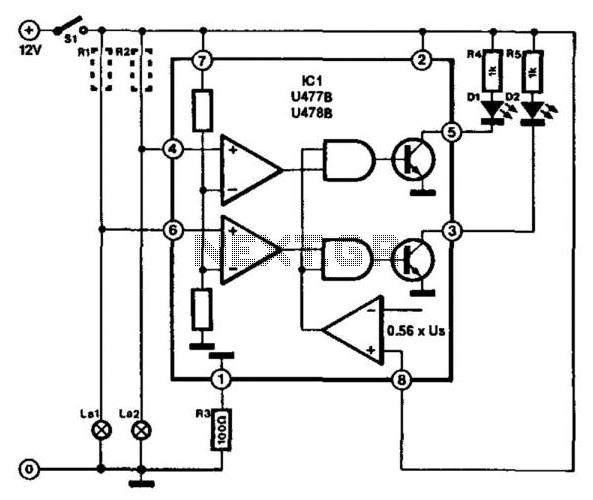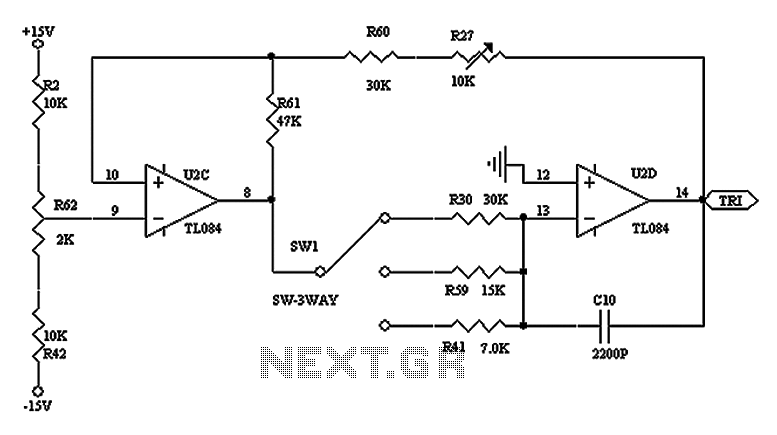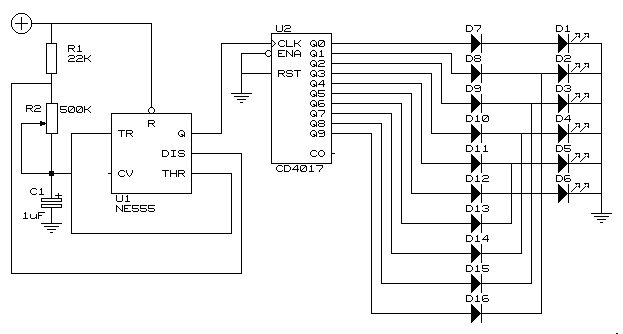
car cam

There is now no need for a separate camera and recorder; for a lower cost, an integrated dash camera that records in HD can be obtained. The Techmoan blog offers reviews on these devices. This text describes the installation of an affordable video recording system intended for use during track days, utilizing a portable MPE G4 recorder and a CCD bullet camera. A power supply design is also provided, targeting individuals with experience in building electronic circuits. The recording device is a Mustek PVR-A1, which is similar in size to a Nintendo Gameboy. It can play MP3s, display photos and videos, and most importantly, record video. It accepts composite video and stereo audio inputs, encoding video in MPEG 4 format at a resolution of 320x240. Due to its limited built-in memory, a flash card (SD or MMC format) is necessary to record a substantial amount of video. The camera used is a miniature CCD bullet camera with a resolution of 380 lines, available from RF Concepts, including all necessary cables and mounting hardware. The camera is mounted on top of the CD storage box in the center of the vehicle. While it is possible to operate both the camera and PVR using batteries, a simple power supply is recommended to avoid battery depletion issues. This power supply is designed to run from the car's lighter socket and includes a low dropout 12V regulator for the camera and a 5V regulator for the PVR. Most components can be sourced from local electronics stores, except for the L4940V12, obtainable from Farnell (order code 413-197). The circuit can be easily constructed on a small piece of stripboard, with potential experimentation required to determine the appropriate size for the power connectors for both the camera and the PVR. Clip-on heatsinks were utilized on both voltage regulators to prevent overheating, and a cigarette lighter plug with an integrated fuse was included for added safety. The camera and microphone connect to the PVR using the provided adapter cable. The 5V output from the regulator plugs into the DC socket on the PVR, while the 12V output connects to the camera power cable. After connecting the regulator to the lighter socket, turning on the PVR, and selecting the video recording mode, the camera's view should appear on the screen, allowing for angle adjustments to achieve a level picture. Recording can then commence.
The described video recording system integrates a portable Mustek PVR-A1 recorder and a CCD bullet camera, facilitating the capture of high-definition footage for automotive track days. The Mustek PVR-A1 acts as the central recording unit, equipped with capabilities to play multimedia files and record video in MPEG 4 format at a resolution of 320x240, which is sufficient for basic recording needs. The inclusion of a flash card is essential for extended recording, as the internal memory is limited.
The CCD bullet camera, with a resolution of 380 lines, provides a compact and effective solution for capturing video from the vehicle. Its small size allows for versatile mounting options, such as the proposed installation on the CD storage box, ensuring a stable and unobtrusive setup.
The power supply design is crucial for reliable operation, especially when considering the potential for battery failure during use. The implementation of a low dropout voltage regulator ensures that the camera receives a consistent 12V supply, while the 5V regulator caters to the PVR, thus maintaining the integrity and performance of the recording system. The use of heatsinks on the voltage regulators is a prudent safety measure, as it mitigates the risk of overheating during prolonged use.
The integration of a cigarette lighter plug with a fuse enhances the safety of the entire setup, protecting both the vehicle's electrical system and the recording equipment. The connection process is straightforward: the camera and microphone are linked to the PVR via an adapter cable, ensuring that audio is synchronized with the video recording.
By following the outlined steps, users can efficiently set up their video recording system, allowing for a seamless experience during track days or other automotive activities. The system's design is accessible to individuals with basic electronic assembly skills, making it an appealing choice for enthusiasts looking to document their experiences on the track.There is now no need for a separate camera and recorder - for less money you can buy an integrated dash camera that will record in HD. Try the Techmoan blog for some reviews. Summary - this is a description of how to install a fairly cheap video recording system for use on track days etc, using a portable MPE
G 4 recorder and a CCD `bullet` camera. A power supply design is also included, aimed at people with experience of building electronic circuits. The recording device is a Mustek PVR-A1. This is a gadget about the size of a Nintendo Gameboy which can play MP3s, display photos and videos and, most importantly, record video.
It accepts a composite video and stereo audio input and encodes video in MPEG 4 format at a resolution of 320x240. The built-in memory is very small so you`ll need to buy a flash card (SD or MMC format) if you want to record a useful amount of video.
The camera is a miniature CCD `bullet camera` with 380 lines of resolution. You can buy it from RF Concepts in a pack that includes all the cables and mounting hardware you`ll need. I chose to mount it on top of the CD storage box in the middle of the car. It is possible to run both the camera and PVR from batteries, but to avoid the problem of batteries suddenly running out I built a simple power supply to run everything from the the car`s lighter socket.
This consists of a low dropout 12V regulator to provide a stable supply to the camera, and a 5V regulator for the PVR. Most of the parts are available from your local Maplin, except the L4940V12 which you can get from Farnell (order code 413-197.
) The circuit can be built easily on a small piece of stripboard. You may need to experiment to get the right size power connectors for the camera and PVR. Note I used clip-on heatsinks on both of the voltage regulators just in case they get hot. I also used a cigarette lighter plug with a built-in fuse for extra safety. Connect the camera and microphone to the PVR using the supplied adaptor cable. Plug the 5V output from the regulator into the DC socket on the PVR and connect the 12V output to the camera power cable. Plug the regulator into the lighter socket, turn on the PVR and go to the video recording mode. Now you should see the camera`s view on the screen and can adjust the camera angle to get a level picture.
Press record and you`re off! Here`s a couple of sample images from recordings I`ve made: 🔗 External reference
The described video recording system integrates a portable Mustek PVR-A1 recorder and a CCD bullet camera, facilitating the capture of high-definition footage for automotive track days. The Mustek PVR-A1 acts as the central recording unit, equipped with capabilities to play multimedia files and record video in MPEG 4 format at a resolution of 320x240, which is sufficient for basic recording needs. The inclusion of a flash card is essential for extended recording, as the internal memory is limited.
The CCD bullet camera, with a resolution of 380 lines, provides a compact and effective solution for capturing video from the vehicle. Its small size allows for versatile mounting options, such as the proposed installation on the CD storage box, ensuring a stable and unobtrusive setup.
The power supply design is crucial for reliable operation, especially when considering the potential for battery failure during use. The implementation of a low dropout voltage regulator ensures that the camera receives a consistent 12V supply, while the 5V regulator caters to the PVR, thus maintaining the integrity and performance of the recording system. The use of heatsinks on the voltage regulators is a prudent safety measure, as it mitigates the risk of overheating during prolonged use.
The integration of a cigarette lighter plug with a fuse enhances the safety of the entire setup, protecting both the vehicle's electrical system and the recording equipment. The connection process is straightforward: the camera and microphone are linked to the PVR via an adapter cable, ensuring that audio is synchronized with the video recording.
By following the outlined steps, users can efficiently set up their video recording system, allowing for a seamless experience during track days or other automotive activities. The system's design is accessible to individuals with basic electronic assembly skills, making it an appealing choice for enthusiasts looking to document their experiences on the track.There is now no need for a separate camera and recorder - for less money you can buy an integrated dash camera that will record in HD. Try the Techmoan blog for some reviews. Summary - this is a description of how to install a fairly cheap video recording system for use on track days etc, using a portable MPE
G 4 recorder and a CCD `bullet` camera. A power supply design is also included, aimed at people with experience of building electronic circuits. The recording device is a Mustek PVR-A1. This is a gadget about the size of a Nintendo Gameboy which can play MP3s, display photos and videos and, most importantly, record video.
It accepts a composite video and stereo audio input and encodes video in MPEG 4 format at a resolution of 320x240. The built-in memory is very small so you`ll need to buy a flash card (SD or MMC format) if you want to record a useful amount of video.
The camera is a miniature CCD `bullet camera` with 380 lines of resolution. You can buy it from RF Concepts in a pack that includes all the cables and mounting hardware you`ll need. I chose to mount it on top of the CD storage box in the middle of the car. It is possible to run both the camera and PVR from batteries, but to avoid the problem of batteries suddenly running out I built a simple power supply to run everything from the the car`s lighter socket.
This consists of a low dropout 12V regulator to provide a stable supply to the camera, and a 5V regulator for the PVR. Most of the parts are available from your local Maplin, except the L4940V12 which you can get from Farnell (order code 413-197.
) The circuit can be built easily on a small piece of stripboard. You may need to experiment to get the right size power connectors for the camera and PVR. Note I used clip-on heatsinks on both of the voltage regulators just in case they get hot. I also used a cigarette lighter plug with a built-in fuse for extra safety. Connect the camera and microphone to the PVR using the supplied adaptor cable. Plug the 5V output from the regulator into the DC socket on the PVR and connect the 12V output to the camera power cable. Plug the regulator into the lighter socket, turn on the PVR and go to the video recording mode. Now you should see the camera`s view on the screen and can adjust the camera angle to get a level picture.
Press record and you`re off! Here`s a couple of sample images from recordings I`ve made: 🔗 External reference
